UNDP photo essay highlights Sudan’s resilience on war anniversary
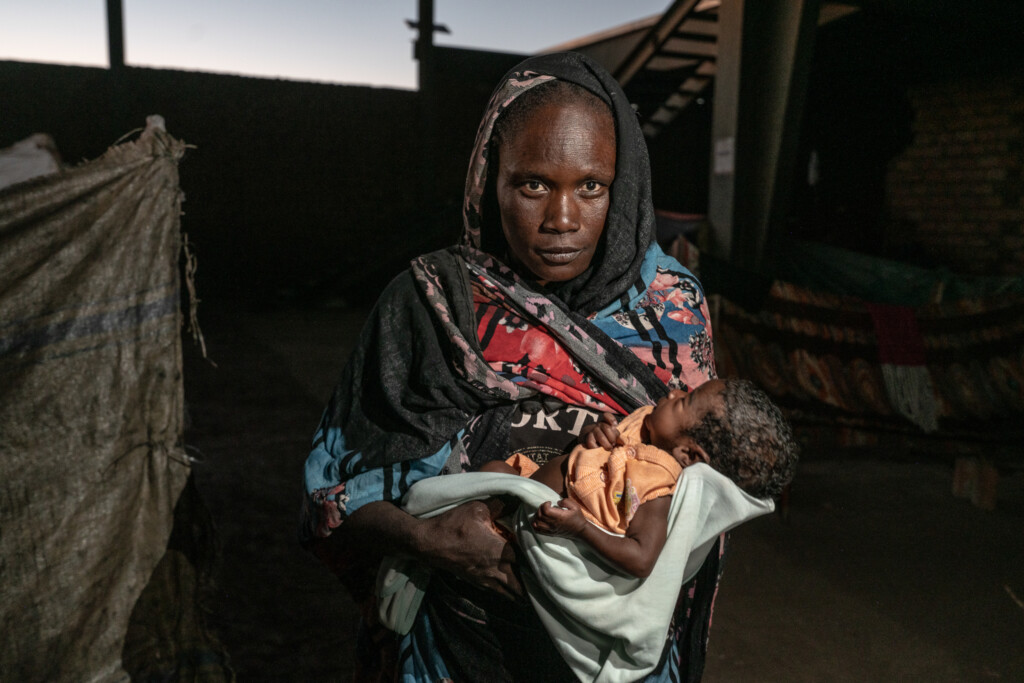
Nimaa and her 55-day-old baby, who is suffering from severe malnutrition, like many other children at this site for displaced people near Gedaref Town (Photo: Giles Clarke / UNDP)
As Sudan marks two years of devastating conflict, photographer Giles Clarke’s images offer a stark portrayal of life amid the war.
The United Nations Development Programme (UNDP) has published a series of photographs titled Two Years into War: A Glimpse into Sudan’s Struggle for Survival.
In February and March, photographer Giles Clarke spent five weeks in Sudan capturing daily life, revealing a country where conditions vary greatly.
The collection captures the harsh reality of daily life in Sudan, from abandoned clinics and barren fields in displacement centres to the resilience of communities in more stable areas, where farmers and businesses fight to maintain some sense of normality amid the crisis.

“Located in and around the site of a former bus station, thousands of families now live here in desperate conditions, many separated from their neighbours only by sheets and with little access to healthcare and no way to earn a living. When the first people arrived in the dark of night, there was nothing here and the site was full of snakes. Now people have made the best with what is available. With no schools, older children teach the younger ones. People build and repair what they can depending on the skills they came with and the materials they can find.” – UNDP
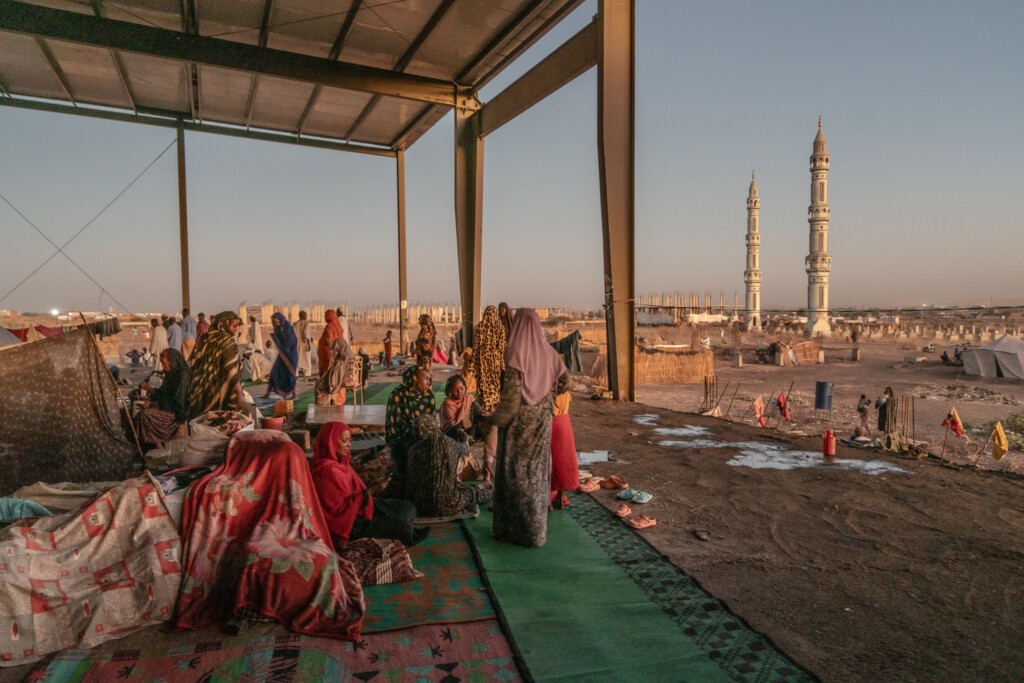
“Located in and around the site of a former bus station, thousands of families now live here in desperate conditions, many separated from their neighbours only by sheets and with little access to healthcare and no way to earn a living.” – UNDP

“Nimaa worries her child won’t survive: ‘It was a tough journey fleeing from Sennar to Gedaref. We left everything behind and arrived here at midnight. I lost my baby’s dad. Now my baby is 55 days old with no food. ‘We see several babies die each week. They bury them here at the back. I buried my baby’s dad. I don’t want to bury my baby as well.’ More than half of all Sudanese children, some 14 million, need humanitarian assistance – the highest number ever recorded.” – UNDP
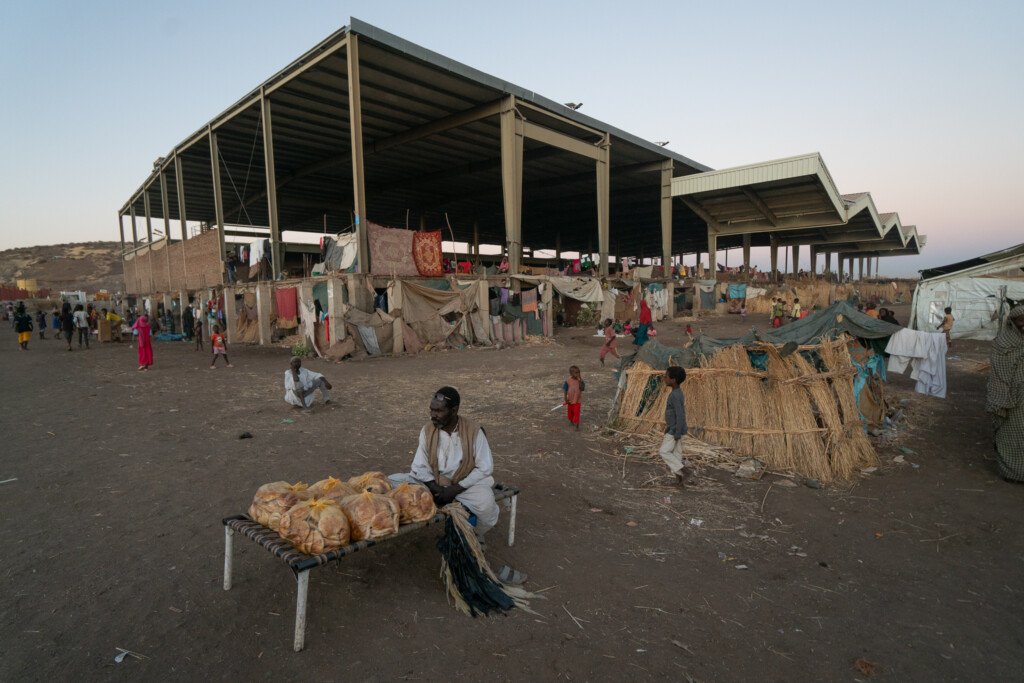
“Prices have skyrocketed due to dwindling supplies and rising costs of farming and transport, all of which are passed on to consumers. A 2024 study by UNDP and the International Food Policy Research Institute found that full-time employment had halved, over 70% of households had all or some school-aged children stop attending school, and only one in seven could access full health services.” – UNDP
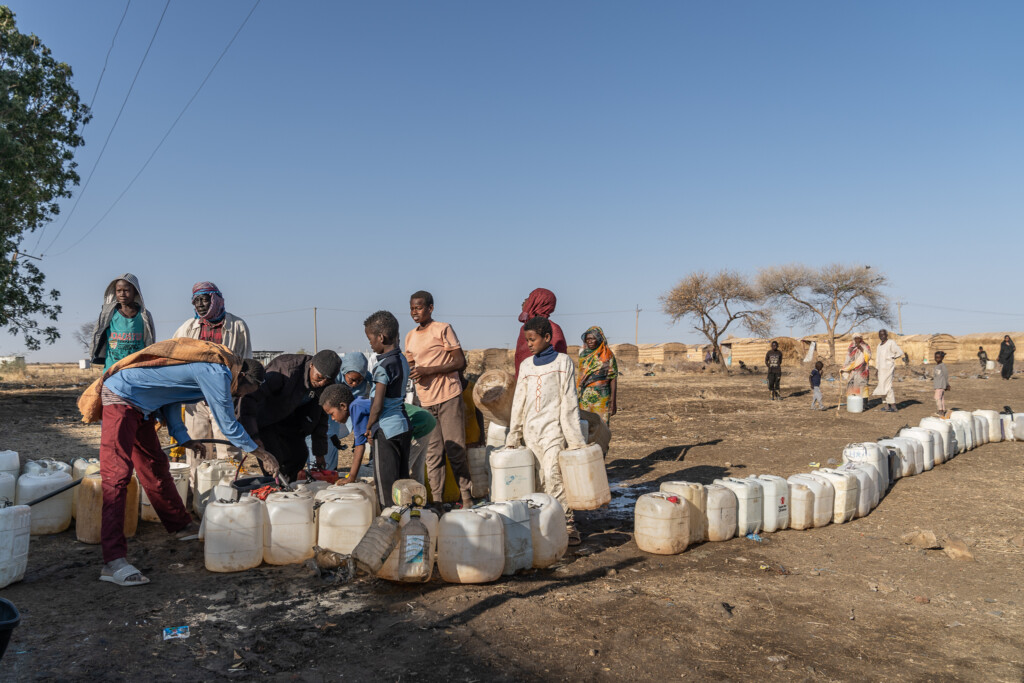
“Water is severely limited at many sites like this, risking the spread of cholera, diarrhoea and other diseases.” – UNDP
Humanitarian situation
UN Secretary-General António Guterres has called for renewed international focus on ending the brutal war in Sudan, which he described as a “crisis of staggering proportions” with civilians suffering the most.
In his statement today, marking the second anniversary of the conflict, he emphasised the devastating consequences, noting that “almost 12 million people have fled their homes, in what has become the world’s largest displacement crisis,” and that “more than 30 million people require humanitarian support.”
He also warned that “famine has been identified in at least five locations and is projected to spread further.”
The London conference has pledged significant international support to Sudan, with the UK committing £120 million in new aid and the European Union and its member states pledging over €522 million. A high-level delegation from 20 countries and organisations, including the UN, IGAD, and the League of Arab States, gathered to address the escalating crisis.
As the situation in Sudan continues to deteriorate, Sudanese at home and abroad are enduring the devastating consequences of this brutal war, now in its second year.








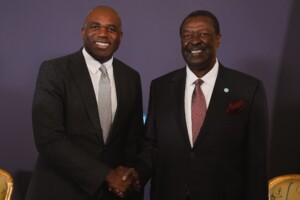
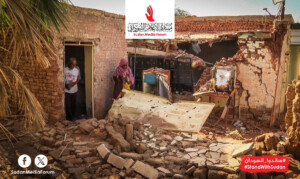

 and then
and then